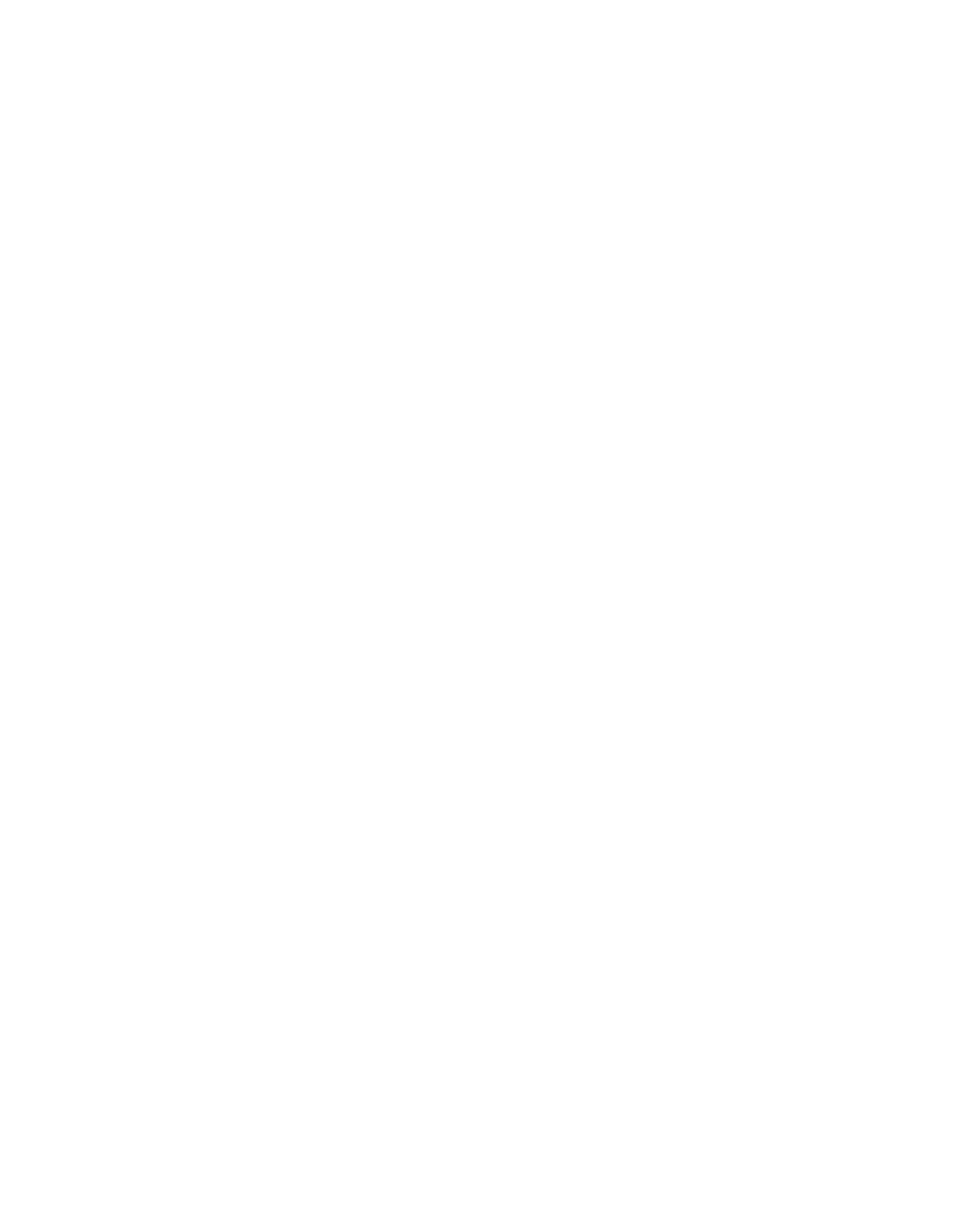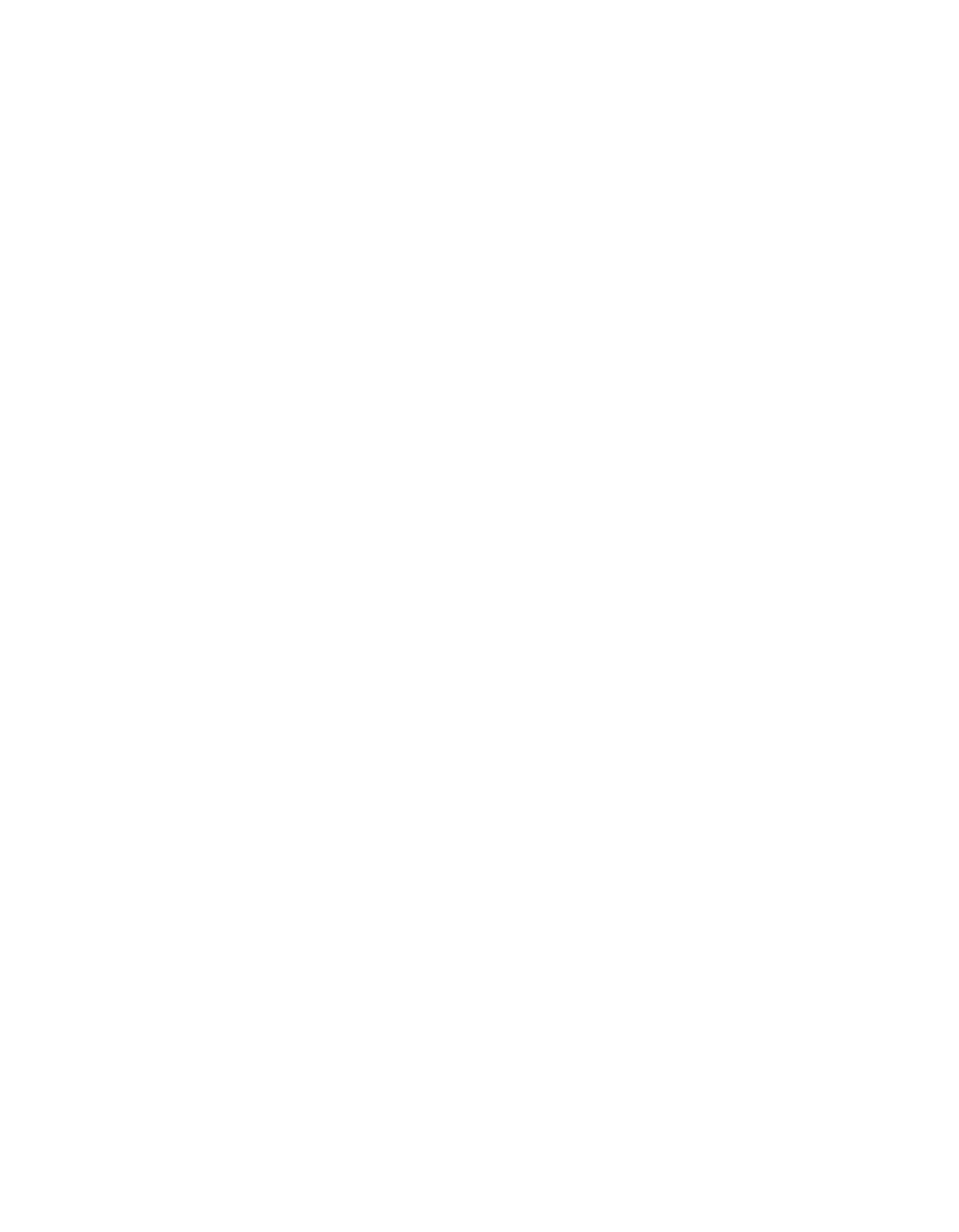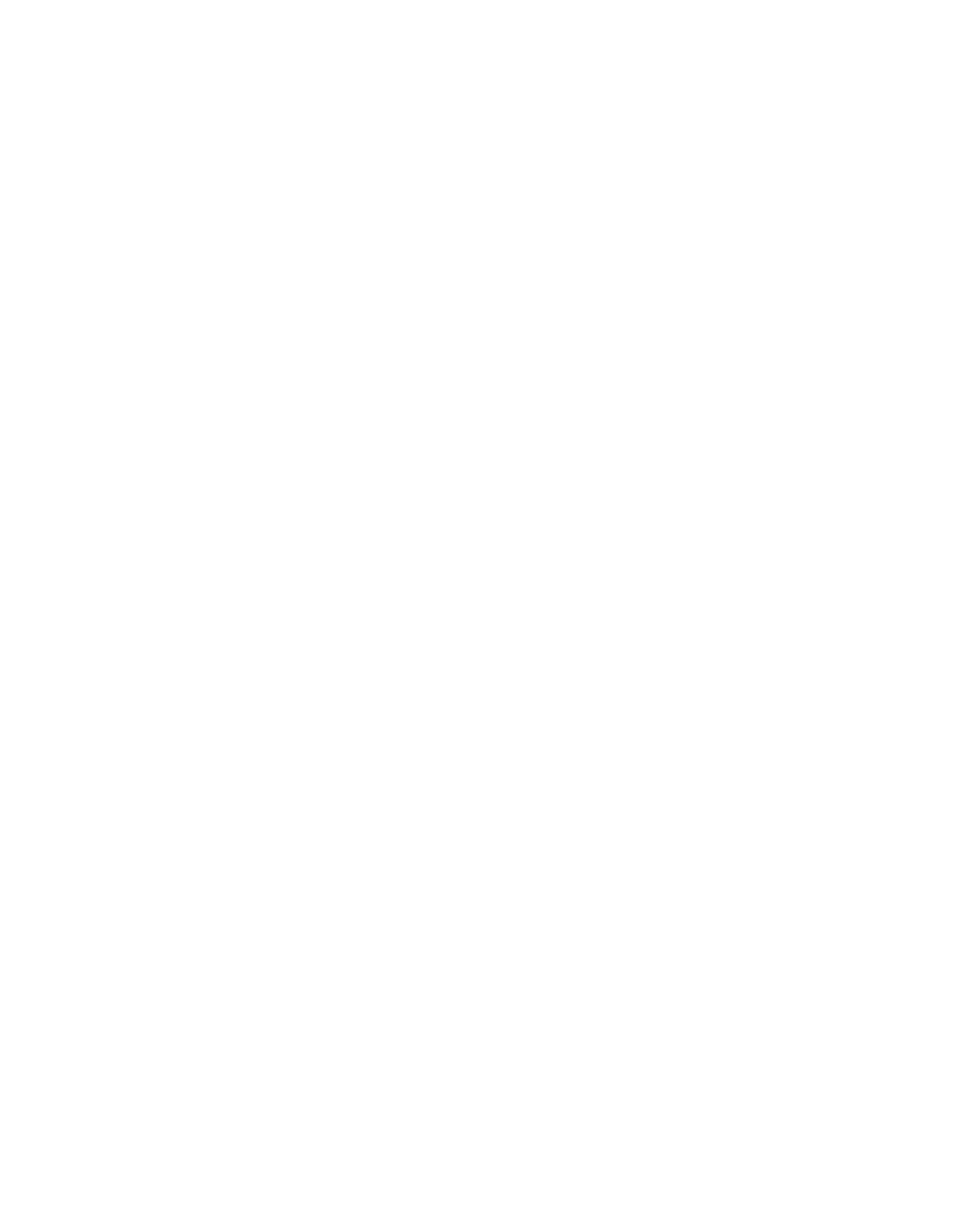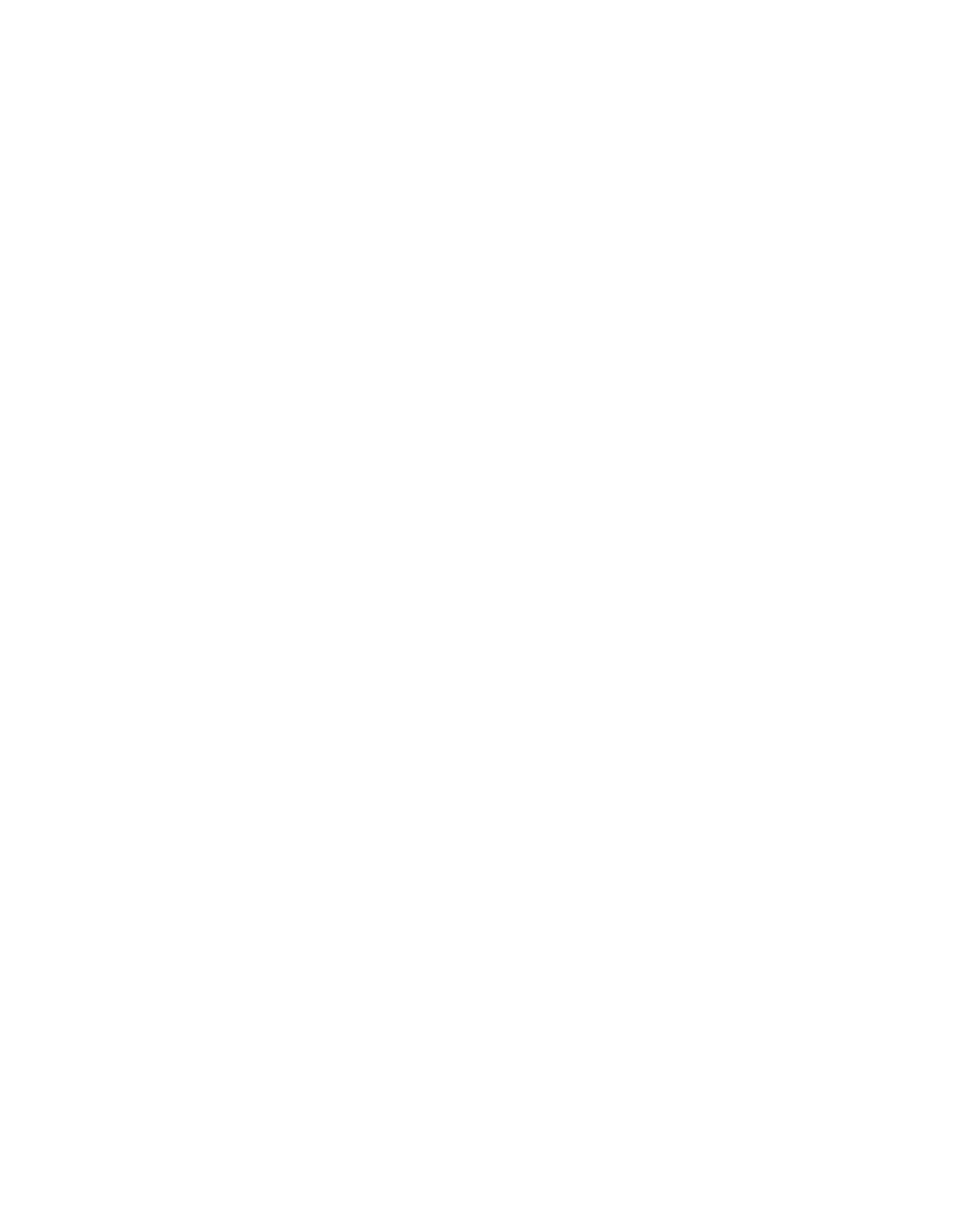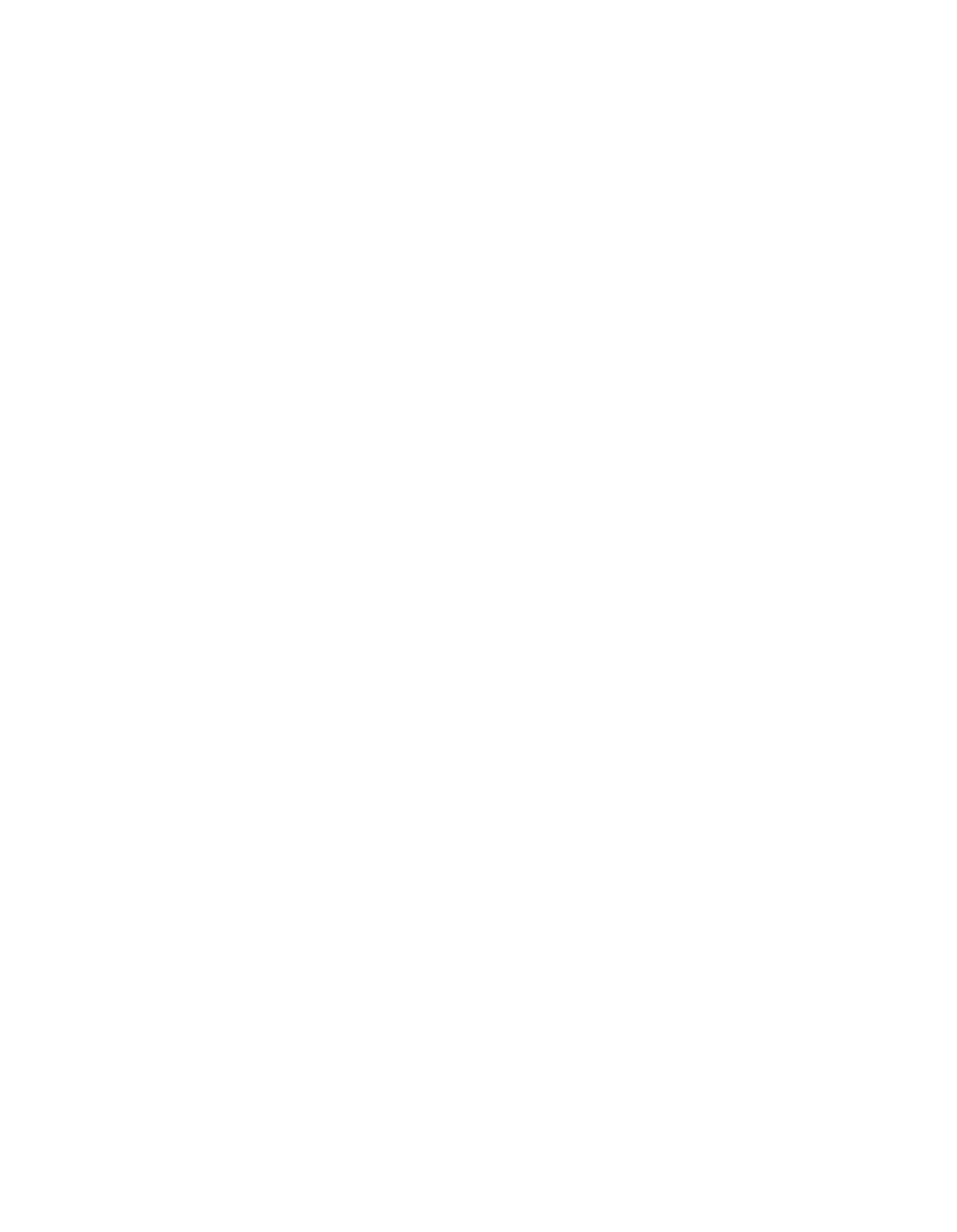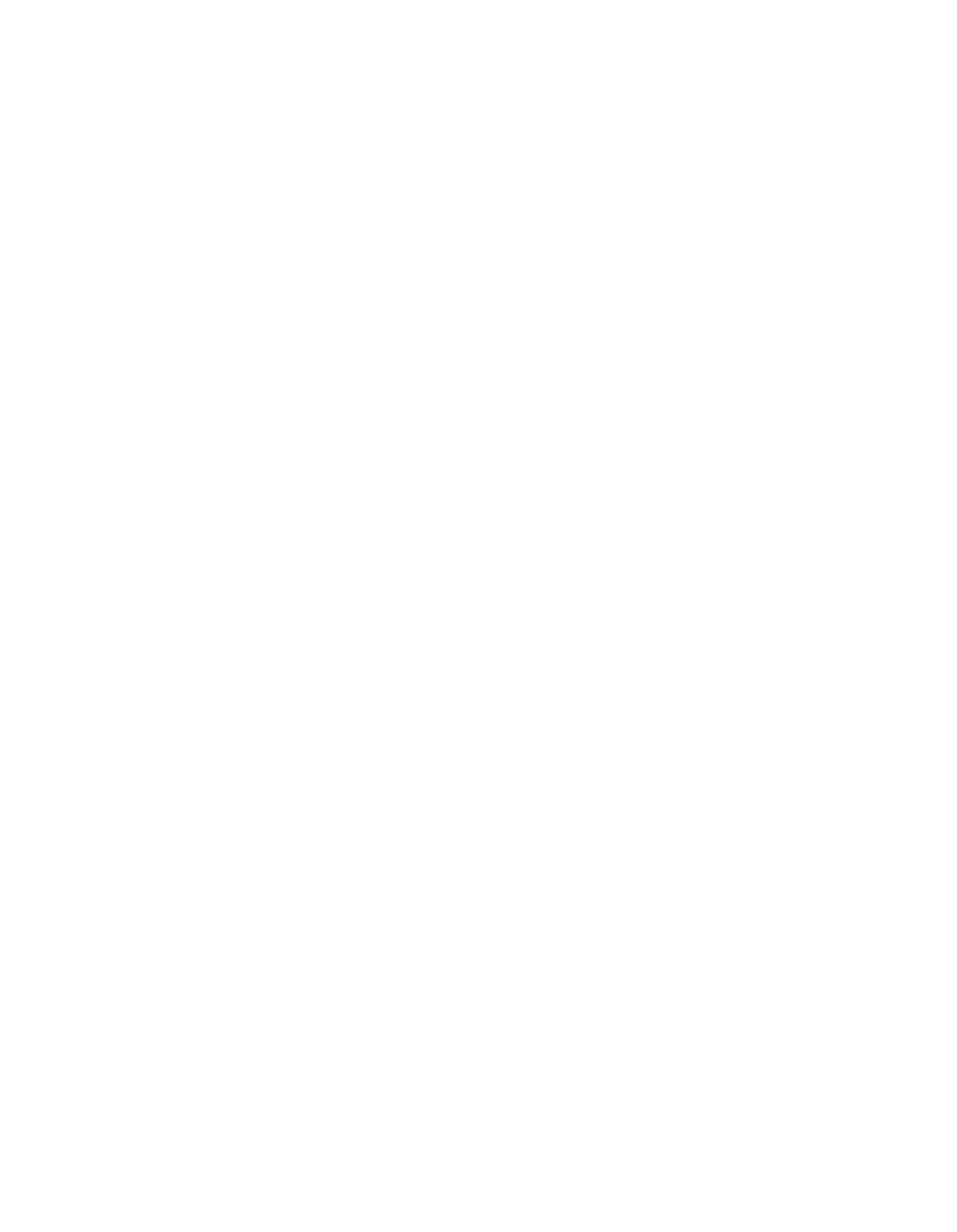ILLINOIS POLLUTION CONTROL BOARD
June 6,
1991
IN THE MATTER OF:
)
R91—12
PETITION OF USX
)
(Identical in Substance
CORPORATION FOR
HAZARDOUS
)
Thilemaking)
WASTE DELISTING
)
PROPOSAL FOR PUBLIC COMMENT
PROPOSED OPINION
AND
ORDER OF THE BOARD
(by 3. Anderson):
By Order attached hereto, pursuant to Section 7.2 and
22
•
4(a) of the Environmental Protection Act
(Act), the Board is
proposing to amend the Illinois RCRA hazardous waste regulations.
This proposed amendment for an exclusion for treated waste is
intended to be identical-in—substance to an exclusion adopted by
USEPA on April
29,
1991.
The federal RCRA regulations are found
at 40 CFR 260 through 270.
The history of the corresponding
Illinois RCRA regulations, together with more stringent State
regulations particularly applicable to hazardous waste, can be
found in the March 28,
1991 Proposed Opinion of the Board in
docket R91—1.
Section 22.4(a) provides for quick adoption of regulations
establishing the RCRA program in Illinois when those regulations
are “identical
in substance” to federal regulations.
Identical—
in-substance rulemakings are not subject to Title VII of the Act
or Section
5 of the Administrative Procedure Act and, therefore,
are not subject to first or second notice review by the Joint
Committee on Administrative Rules (JCAR).
(Ill.
Rev.
Stat.
1989,
ch.
111 1/2, par. 1022.4(a).)
Instead, the Board will receive
public comment for 45 days after the date of publication of this
proposed rule in the Illinois Register.
HISTORY
On March
1,
1990, USEPA delegated authority to Illinois to
administer several additional components of the RCRA program.
(55 Fed. Reg.
7320.)
This included Board authority to delist
hazardous waste in lieu of USEPA and pursuant to 35
Ill. Adm.
Code 720.122.
As a result of the USEPA delegation of delisting
authority, the Board’s identical—in—substance regulations
required modification.
On July 19,
1990, the Board opened R90-
17 to modify the identical-in-substance regulations by replacing
incorporations by reference with the verbatim text tailored to
fit Illinois procedures, and by adopting the use of the adjusted
standards procedures in lieu of the site specific procedures.
R90—17, which amended 35 Ill. Adm. Code 720.120,
720.122,
721.110
and 721.111, was adopted by the BoaLd on February 28,
1991,
and
123—75
became effective on May 9,
1991.
(Several modifications to R90-
17 were made in a Board Order of April
11,
1991.)
On July
5,
1990, the Board received a letter from the USEPA
concerning the transfer of the
USX
Steel delisting petition and
file.
A docket was reserved on July 19, 1990 and the USEPA file
was transferred on August 27,
1990.
On November
9,
1990, USX
notified the Board that USEPA had agreed to reopen its file and
make a final determination on the delisting petition.
The reason
for USEPA’s action was stated in Section III of the final rule
as:
(B)ecause EPA was close to issuing the final exclusion for
USX, the Agency believes it is proper and appropriate to
follow through with its decision.
While
a
Federal
delisting
will not have any immediate effect within an authorized
State,
such action may expedite the implementation of the
final exclusion by allowing Illinois the option of adopting
the Federal rule directly, and thereby avoiding the need for
the State to complete its own time-consuming administrative
process for delisting.
(56
Fed. Reg.
19586)
The Board granted USX a six month extension on November 29,
1990
to await final action by USEPA.
On April 29,
1991, USEPA published its final decision
granting an exclusion from hazardous waste lists for specific
wastes generated by USX.
On May 9,
1991, USX requested the Board
to “accept without further review the delisting” of the specified
hazardous waste.
The Board,
in the interests of expeditiously
finishing this proceeding and on its own motion, reserved docket
R91-12 for an identical-in—substance rulemaking in this matter.
The original docket,
R90-18, will be dismissed by separate Order.
Since the transfer of this proceeding from R90-18 to R91-12
is
made on the Board’s own motion, and in accordance with an October
11, 1991 Board Order in R90-18, the filing fee is hereby waived.
PROPOSED AMENDMENT
The proposed
RCRA
amendment in this rulemaking affects 35
Ill. Adm. Code 721.Appendix
I.
The purpose of Part 721 is to:
identify
those solid wastes which are subject to
regulation as hazardous wastes and which are subject to
the notice requirements of Section 3010 of the Resource
Conservation and Recovery Act
(42 U.S.C. 6901 et seq.).
35 Ill.
Adm. Code 721.101.
Subpart D of Part 721 contains lists of hazardous wastes
classified according to the Hazard Codes
(35 Ill. Adm. Code
123—76
3
721.130).
A hazardous waste may be excluded from the Subpart D
lists, or “delisted,” in an identical—in—substance proceeding
pursuant to 35 Ill.
Adin.
Code 120.120(a).
Delisted wastes are
listed in Part 721, Appendix I.
Appendix
I was adopted and
amended in the following actions:
R81—22
43 PCB 427, Adopted;
5
Ill. Reg. 9781,
effective
May 17,
1982.
R85—2
69 PCB 314, April 24,
1986;
10 Ill.
Reg.
8112,
effective May 2,
1986.
R8730
90 PCB 665: June ~O: 1988;
12 Ill. Reg.
12070,
effective July 12,
1988.
The Board has made two changes to the text of the USEPA
delisting and has a number of questions about procedural and
implementation aspects of the delisting.
The first change is in
condition 1 of the proposed exclusion where the Board has added a
statement that the SW-846 methodolgies are incorporated by
reference in 35 Ill. Adm. Code 720.111.
In condition 3, the
Board has also altered the phrase “conditions
(1) (A) or
(1) (B)”
to read “conditions (l)(A)
or
(B)” to conform to Illinois
drafting practice.
The Board requests that USEPA, the Illinois Environmental
Protection Agency
(IEPA) and USX submit comments on at least the
following questions.
With reference to questions
2 through 4,
the Board would appreciate comments on how the delegation of
delisting authority affects these questions.
1)
Are the testing requirements of condition
1
(A) and
(B)
correctly analyzed pursuant to ~
methodologies, as
opposed to TCLP methodologies?
2)
Should USX send the data submittals required by
condition 3 to the IEPA in addition to USEPA?
3)
Pursuant to condition 3, who has the authority
(“discretion”) to revoke the exclusion
-
USEPA,
IEPA,
or both?
4)
If USEPA decides to modify or withdraw the exclusion,
should USEPA notify IEPA,
the Board,
or both?
5)
Is there an equivalent state statute to 18 U.S.C.
§6928,
as cited in condition 3, which needs to be
included?
In addition to the amendments to Appendix I, the Board
proposes to correct several typographical errors in Section 721
at this time.
First,
in Table A and Table B of Appendix
I of
123—77
4
Part 721, the word crystallization is misspelled.
This will be
corrected.
In the table of contents for Part 721 the word
subpart is misspelled at Subpart
B.
This also will be corrected.
ORDER
The following proposed amendments to 35 Ill. Adm. Code
721.Appendix I are submitted for publication in the Illinois
Register and for public comment:
TITLE
35:
ENVIRONMENTAL PROTECTION
SUBTITLE G:
WASTE DISPOSAL
CHAPTER
I:
POLLUTION CONTROL BOARD
SUBCHAPTER c:
HAZARDOUS WASTE OPERATING REQUIREMENTS
PART
721
IDENTIFICATION AND LISTING
OF HAZARDOUS WASTE
SUBPART A:
GENERAL PROVISIONS
Section
721. 101
721. 102
721. 103
721.104
721.105
721.106
721.107
721.108
Purpose of Scope
Definition of Solid Waste
Definition of Hazardous Waste
Exclusions
Special Requirements for Hazardous Waste Generated
by Small Quantity Generators
Requirements for Recyclable Materials
Residues of Hazardous Waste in Empty Containers
PCB Wastes Regulated under TSCA
CUPDART
SUBPART B:
CRITERIA FOR
IDENTIFYING THE CHARACTERISTICS
OF HAZARDOUS WASTE
AND
FOR LISTING HAZARDOUS WASTES
Criteria for Identifying the Characteristics of
Hazardous Waste
Criteria for Listing Hazardous Waste
General
Characteristic of Ignitability
Characteristic of Corrosivity
Characteristic of Reactivity
Toxicity Characteristic
SUBPART D:
LISTS OF HAZARDOUS WASTE
Section
721. 130
721. 131
General
Hazardous Wastes From Nonspecific Sources
Section
721.110
721.111
Section
721. 120
721.121
721.122
721.123
721.124
SUBPART C:
CHARACTERISTICS OF HAZARDOUS WASTE
123—78
5
721.132
Hazardous Waste from Specific Sources
721.133
Discarded Commercial Chemical Products, Off-
Specification Species, Container Residues and
Spill Residues Thereof
Appendix A
Representative Sampling Methods
Appendix B
Method 1311 Toxicity Characteristic Leaching
Procedure (TCLP)
Appendix C
Chemical Analysis Test Methods
Table A
Analytical Characteristics of Organic Chemicals
(Repealed)
Table B
Analytical Characteristics of Inorganic Species
(Repealed)
Table C
Sample Preparation/Sample Introduction Techniques
(Repealed)
Appendix G
Basis for Listing Hazardous Wastes
Appendix H
Hazardous Constituents
Appendix
I
Wastes Excluded under Section 720.120 and 720.122
Table A
Wastes Excluded from Non—Specific Sources
Table B
Wastes Excluded from Specific Sources
Table C
Wastes Excluded From Commercial Chemical Products,
Off-Specification Species, Container Residues, and
Soil Residues Thereof
Appendix 3
Method of Analysis for Chlorinated Dibenzo-p-
Dioxins and Dibenzofurans
Appendix
Z
Table to Section 721.102
AUTHORITY:
Implementing Section 22.4 and authorized by Section
27 of the Environmental Protection Act
(Ill. Rev.
Stat.
1989, ch.
111 1/2, pars.
1022.4 and 1027).
SOURCE:
Adopted in R81-22,
43 PCB 427, at 5 Ill. Reg.
9781,
effective as noted in
35 Ill. Adm. Code 700.106; amended and
codified in R81—22,
45 PCB 317,
at 6 Ill. Reg.
4828,
effective as
noted in 35 Ill.
Adin. Code 700.106; amended in R82—18, 51 PCB 31,
at 7 Ill. Reg.
2518, effective February 22,
1983; amended in R82—
19,
53 PCB 131, at 7 111. Rag.
13999, effective October 12,
1983;
amended in R84-34,
61 PCB 247, at 8
Ill.
Reg. 24562, effective
December 11,
1984; amended in R84—9,
at 9 Ill. Reg.
11834,
effective July 24,
1985; amended in R85—22 at 10 Ill. Reg.
998,
effective January
2,
1986;
amended in R85-2 at 10 Ill. Reg.
8112,
effective May 2,
1986; amended in R86—1 at 10 Ill. Reg.
14002,
effective August 12,
1986; amended in R86-19 at 10 Ill. Reg.
20647,
effective December 2,
1986; amended in R86—28 at 11 Ill.
Reg.
6035, effective March 24,
1987;
amended in R86—46 at 11 Ill.
Reg.
13466, effective August
4,
1987;
amended in R87—32 at 11
Ill. Reg.
16698, effective September 30,
1987;
amended in R87—5
at
11 Ill. Rag.
19303, effective November 12,
1987;
amended in
R87—26 at 12 Ill,
Reg.
2456, effective January 15,
1988;
amended
in R87—30 at 12 Ill. Reg.
12070,
effective July
12,
1988;
amended in R87—39 at
12 III. Rag. 13006, effective July 29,
1988;
amended in R88-16 at
13 Ill. Reg. 382,
effective December 27,
123—79
6
1988;
amended in R89—l at
13
Ill. Reg.
18300, effective November
13,
1989;
amended.in R90—2 at
14
Ill.
Reg.
14401, effective
August 22,
1990;
amended in R90—10 at 14 Ill. Reg.
16472,
effective September 25,
1990;
amended in R90—17 at 15 Ill. Reg.
7950, effective May 9,
1991; amended in R90-l1 at
_______
Ill.
Reg.
,
effective
_____________
Section 721.Appendix
I
Wastes Excluded under Section 720.120
and 720.122
Table A
Wastes Excluded From Non-Specific
Sources
Facility Address
Waste Description
Envirite Corp.
Dewatered wastewater sludges
(EPA
Harvey, Illinois
Hazardous Waste NO.
F006) generated from
electroplating operations; spent cyanide
plating solutions (EPA Hazardous Waste
No.
F007) generated from electroplating
operations;
plating bath residues from
the bottom of plating baths
(EPA
Hazardous Waste No.
F008) generated from
electroplating operations where cyanides
are used in the process; spent stripping
and cleaning bath solutions (EPA
Hazardous Waste No.
F009) generated from
electroplating operations where cyanides
are used in the process; spent cyanide
solutions from salt bath pot cleaning
(EPA Hazardous Waste No. FOil) generat-
ed from metal heat treating operations;
quenching wastewater treatment sludges
(EPA Hazardous Waste No.
F012) gen-
erated from metal heat treating where
cyanides are used in the process; waste—
water treatment sludges
(EPA Hazardous
Waste No.
F019)
generated from the
chemical conversion coating of aluminum
after November 14,
1986.
To ensure that
hazardous constituents are not present
in the waste at levels of regulatory
concern, the facility must implement a
contingency testing program for the
petitioned wastes.
This testing program
must meet the following conditions
for
the exclusions to be valid:
123—80
7
1)
Each batch of treatment residue
must be representatively-sampled
and tested using the EP Toxicity
test for arsenic, barium,
cadmium,
chromium,
lead,
selenium, silver,
mercury, and nickel.
If the
extract concentrations for
chromium,
lead, arsenic, and silver
exceed 0.315 ppm; barium levels
exceed 6.3 ppm; cadmium and
selenium exceed 0.063 ppm; mercury
exceeds 0.0126 ppm; or nickel
levels exceed 2.205 ppm, the waste
must be re—treated or managed and
disposed as a hazardous waste under
35 Ill. Adm. Code 722 to 725 and
the permitting standards of 35 Ill.
Adm.
Code 702, 703, and 705.
2)
Each batch of treatment residue
must be tested for reactive and
leachable cyanide.
If the reactive
cyanide levels exceed 250 ppm or
leachable cyanide levels
(using the
EP Toxicity test without acetic
acid adjustment)
exceed 1.26 ppm,
the waste must be retreated or
managed and disposed as a hazardous
waste under 35 Ill. Adm. Code 722
to 725 and the permitting standards
of 35 Ill. Adm. Code 702, 703, and
705.
3)
Each batch of waste must be tested
for the total content of specific
organic toxicants.
If the total
content of anthracene exceeds 76.8
ppm,
1,2-diphenyl hydrazine exceeds
0. 001 ppm, methylene chloride
exceeds 8.18 ppm, methyl ethyl
ketone exceeds 326 ppm, n—
nitrosodiphenylamine exceeds 11.9
ppm, phenol e~cceeds1,566 ppm,
tetrachloroethylene exceeds 0.188
ppm, or trichloroethylene exceeds
0.592 ppm, the waste must be
managed and disposed as a hazardous
waste under 35 Ill.
Adm.. Code 722
to 725 and the permitting standards
of 35 111.
Adm. Code 702, 703, and
705.
123—8 1
8
4)
A grab sample must be collected
from
each batch to form one monthly
composite sample which must be
tested using gas chromatography,
mass spectrometry analysis for the
compounds listed in No.3 above as
well as the remaining organics on
the Priority Pollutant List
(incorporated by reference,
see 40
CFR 423 App. A
(1983)
(as adopted
at 47 Fed. Reg. 52,309
(Nov.
19,
1982)), not including later
amendments).
5)
The data from conditions
1-4 must
be kept on file at the facility for
inspection purposes and must be
compiled, summarized, and submitted
to the Administrator of USEPA by
certified mail semi—annually.
The
USEPA will review this information
and if needed will propose to
modify or withdraw the exclusion.
Should USEPA propose to modify or
withdraw the exclusion, Envirite
shall promptly provide notice
thereof to the Board.
The decision
to conditionally exclude the treat-
ment residue generated from the
wastewater treatment systems at
Envirite’s Harvey, Illinois
facility applies only to the
wastewater and solids treatment
systems as they presently exist as
described in the delisting petition
submitted to the USEPA.
The
exclusion does not apply to the
proposed process additions
described in the petition sub-
mitted to USEPA as recovery includ-
ing ery3talization crystallization,
electrolytic metals recovery,
evaporative recovery, and ion
exchange.
(Source:
Amended at 12 Ill. Reg.
12070, effective July 12,
1988)
123—82
9
Table B
Wastes Excluded From Specific Sources
Facility Address
Waste Description
Amoco Oil Company
150 million gallons of DAF float from
Wood River, Illinois
petroleum refining contained in four
surge ponds after treatment with the
Chemfix stabilization process.
This
exclusion applies to the 150 million
gallons of waste after chemical
stabilization as long as the mixing
ratios of the reagent with the waste are
monitored continuously and do not vary
outside of the limits presented in the
demonstration samples; one grab sample
is taken each hour from each treatment
unit,
composited, and EP toxicity tests
performed on each sample.
If the levels
of lead or total chromium exceed 0.5 ppm
in the EP extract, then the waste that
was processed during the compositing
period is considered hazardous; the
treatment residue shall be pumped into
bermed cells to ensure that the waste is
identifiable in the event that removal
is necessary.
Envirite Corp.
Spent pickle liquor (EPA Hazardous Waste
Harvey, Illinois
No. K062)
generated from steel finishing
operations of facilities within the iron
and steel industry (SIC Codes 331 and
332); wastewater treatment sludge
(EPA
Hazardous Waste No. K002) generated from
the production of chrome yellow and
orange pigments; wastewater treatment
sludge
(EPA Hazardous Waste No. K003)
generated from the production of
molybdate orange pigments; wastewater
treatment sludge
(EPA Hazardous Waste
No. K004)
generated from the production
of zinc yellow pigments; wastewater
treatment sludge
(EPA Hazardous Waste
No. K005)
generated from the production
of chrome green pigments; wastewater
treatment sludge
(EPA Hazardous Waste
No. K006)
generated from the production
of chrome oxide green pigments
(anhydrous and hydrated); wastewater
treatment sludge
(EPA Hazardous Waste
123—83
10
No. K007) generated from the production
of iron blue pigments; oven residues
(EPA Hazardous Waste No. K008)
generated
from the production of chrome oxide
green pigments after November 14,
1986.
To ensure that hazardous constituents
are not present in the waste at levels
of regulatory concern, the facility must
implement a contingency testing program
for the petitioned wastes.
This testing
program must meet the following
conditions for the exclusions to be
valid:
1)
Each batch of treatment residue
must be representatively sampled
and tested using the EP Toxicity
test for arsenic, barium,
cadmium,
chromium,
lead,
selenium, silver,
mercury, and nickel.
If the
extract concentrations for
chromium,
lead,
arsenic, and silver
exceed 0.315 ppm; barium levels
exceed 6.3 ppm; cadmium and
selenium exceed 0.063 ppm; mercury
exceeds 0.0126 ppm; or nickel
levels exceed 2.205 ppm, the waste
must be re—treated or managed and
disposed as a hazardous waste under
35 Iii. Adm. Code 722 to 725 and
the permitting standards of 35 Ill.
Adm. Code 702,
703, and 705.
2)
Each batch of treatment residue
must be tested for reactive and
leachable cyanide.
If the reactive
cyanide levels exceed 250 ppm; or
leachable cyanide levels
(using the
EP Toxicity test without acetic
acid adjustment) exceed 1.26 ppm,
the waste must be re—treated or
managed and disposed as hazardous
waste under 35 Ill. Adm. Code 722
to 725 and the permitting standards
of 35 Ill. Adm. Code 702, 703, and
705.
3)
Each batch of waste must be tested
for the total content of specific
organic toxicants.
If the total
content of anthracene exceeds 76.8
ppm,
1,2-diphenyl hydrazine exceeds
123—84
1.
0.001 ppm,
inethylene. chloride
exceeds 8.18 ppm, methyl ethyl
ketone exceeds 326 ppm, n—
nitrosodiphenylamine exceeds 11.9
ppm, phenol exceeds 1,566 ppm,
tetrachloroethylene exceeds 0.188
ppm, or trichloroethylene exceeds
0.592 ppm, the waste must be
managed and disposed as a hazardous
waste under 35 Ill.
Adin.
Code 722
to 725 and the permitting standards
of 35 Ill.
Adm.
Code 702,
703, and
705.
4)
A grab sample must be collected
from each batch to form one monthly
composite sample which must be
tested using gas chromatography,
mass spectrometry analysis for the
compounds listed in No.
3 above as
well as the remaining organics on
the Priority Pollutant List
(incorporated by reference, see 40
CFR 423 App. A
(1983)
(as adopted
at 47 Fed. Reg.
52,309
(Nov.
19,
1982)), not including later
amendments).
5)
The data from conditions 1-4 must
be kept on file at the facility for
inspection purposes and must be
compiled,
summarized, and submitted
to the USEPA Administrator by
certified mail semi-annually.
The
USEPA will review this information
and if needed will propose to
modify or withdraw the exclusion.
Should USEPA propose to modify or
withdraw the exclusion, Envirite
shall promptly provide notice
thereof to the Board.
The decision
to conditionally exclude the
treatment residue generated from
the wastewater treatment systems at
Envirite’s Harvey, Illinois
facility applies only to the
wastewater and solids treatment
systems as they presently exist as
described in the delisting petition
submitted to the USEPA.
The
excluzion does not apply to the
proposed process additions describ—
123—85
12
ed in the petition submitted to
USEPA as recovery,
including
cry~talizationcrystallization,
electrolytic metals recovery,
evaporative recovery, and ion
exchange.
USX Steel Corporation,
Fully—cureci. chemically stabilized
Chicago. Illinois
electric arc furnace dust/sludge
(CSEAFD) treatment residue
(EPA
Hazardous Waste No. K061)
generated from
the primary production of. steel after
April
29,
1991.
This exclusion (for
35.000 tons of CSEAFD per year)
is
conditioned upon the data obtained from
USX’s_full—scale CSEAFD treatment
facility.
To ensure that hazardous
constituents are not present in the
waste at levels of regulatory concern
once the full-scale treatment facil.ity
is in operation, USX must implement a
testing program for the petitioned
waste.
This testing program must meet
the following conditions for the
exclusion to be valid:
~
Testing:
Sample collection and
analyses (including quality control
(OC) procedures)
must be performed
according to SW-846 methodologies.
The SW-846 methodologies are
incorporated by reference in 35
Ill. Adm. Code 720.111.
~
Initial Testing:
During the
first four weeks of operation
of the full scale treatment
system, USX must collect
representative grab samples of
each treated batch of the
CSEAFD and composite the grab
samples daily.
The daily
composites.
prior to disposal.
must_be analyzed for the EP
leachate concentrations of all
the EP toxic metals, nickel.
and cyanide (using distilled
water in the cyanide
extractions), and the total
concentrations of reactive
sulfide and reactive cyanide.
USX must report the analytical
123—86
13
test data,
including quality
control infc~rmation,obtained
during this initial-period no
later than 90 days after the
treatment of the first full—
scale batch.
~
Subsequent Testing:
USX must
collect representative grab
samples from every treated
batch of CSEAFD generated
daily and composite all of the
grab samples to produce a
weekly composite sample.
USX
then must analyze each weekly
composite sample for all of
the EP toxic metals, and
nickel.
The analytical data,
including quality control
information, must be compiled
and maintained on site for a
minimum of three years.
These
data must be furnished upon
request and made available for
inspection by any employee or
representative of EPA or the
State of Illinois.
L~.
Delisting levels:
If the EP
extract concentrations for
chromium,
lead, arsenic, or silver
exceed 0.315
mq/l;
for barium
exceeds 6.3 mg/l:
for cadmium or
selenium exceed 0.063
ing/l;
for
mercury exceeds 0.0126
mg/i;
for
nickel exceeds 3.15 mg/l; or for
cyanide exceeds 4.42 mg/l, total
reactive cyanide or total reactive
sulfide levels exceed 250 mg/kg and
500_mg/kg. respectively, the waste
must either be re-treated until it
meets these levels or managed and
disposed of in accordance with
Subtitle C of
RCRA.
~
Data submittals:
Within one week
of system start-up USX must notify
the Section Chief. Delisting
Section
(see address below) when
their full—scale stabilization
system is on—line and waste
treatment has begun.
The data
123—87
14
obtained through condition
(1) (A)
must be submitted to the Section
Chief. Delisting Section. CAD/OSW
(OS—333).
U.S.
EPA. 401 M Street.
S.W..
Washington. DC 20460 within
the time period specified.
At the
Section Chief’s request. USX must
submit any other analytical data
obtained through conditions
(1) (A)
or
(B) within the time period
specified by the Section Chief.
Failure to submit the required data
obtained from conditions
(1) (A)
or
(B) within the specified time
period or maintain the required
records for the specified time will
be considered by the Agency, at its
decision,
sufficient basis to
revoke USX’s exclusion to the
extent directed by EPA.
All data
must be accompanied by the
following certification .statement:
“Under civil and criminal penalty
of law for the making or submission
of false or fraudulent statements
or representations
(pursuant to the
applicable provisions of the
Federal Code which include, but may
not be limited to,
18 U.S.C.
§6928),
I certify that the
information contained in or
accompanying this document is true.
accurate and complete.
As to the
(those)
identified section(s)
of
this document for which
I cannot
personally verify its
(their) truth
and accuracy.
I certify as the
company official having supervisory
responsibility for the persons who,
acting under my direct
instructions, made the
vertification that this information
is true,
accurate and complete.
In
the event that any of this
information is determined by EPA in
its sole discretion to be false.
inaccurate or incomplete, and upon
conveyance of this fact to the
company,
I recognize and agree that
this exclusion of wastes will be
void as if it never had effect or
to the extent directed by EPA and
123—88
15
that the company will be liable for
any actions taken
in contravention
of the company’s RCRA and CERCLA
obligations premised upon the
comPany’s reliance on the void
exclusion.”
(Source:
Amended at
Ill. Req.
,
effective
IT IS SO ORDERED.
I, Dorothy N.
Gunn, Clerk of the Illinois Pollution Control
Board, hereby certify th
the above Order was adopted on the
__________
day of
_________________,
1991, by a vote of
7—e
.
~
~
Dorothy N. lWnn,
Cler
Illinois Poflution Control Board
123—89
